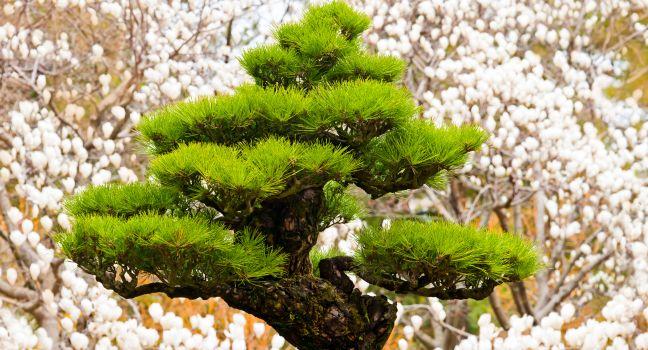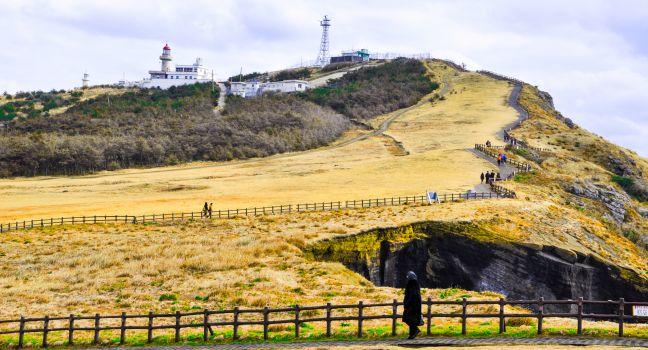Hallim Park

This is a botanical garden, zoo, and cultural experience all wrapped up in one. At this Jeju-themed park, visitors experience the flora of Jeju while winding through a maze of greenhouses, orchards, and reptile enclosures. The walk-in bird sanctuary puts you face to face with peacocks and other native fowl. The water garden, traditional folk village, and bonsai and stone statue park represent the island's artistic heritage. There are even two small lava tubes guests can walk through. If your visit is short, Hallim Park is a great way to experience Jeju's many facets in just a few hours.




